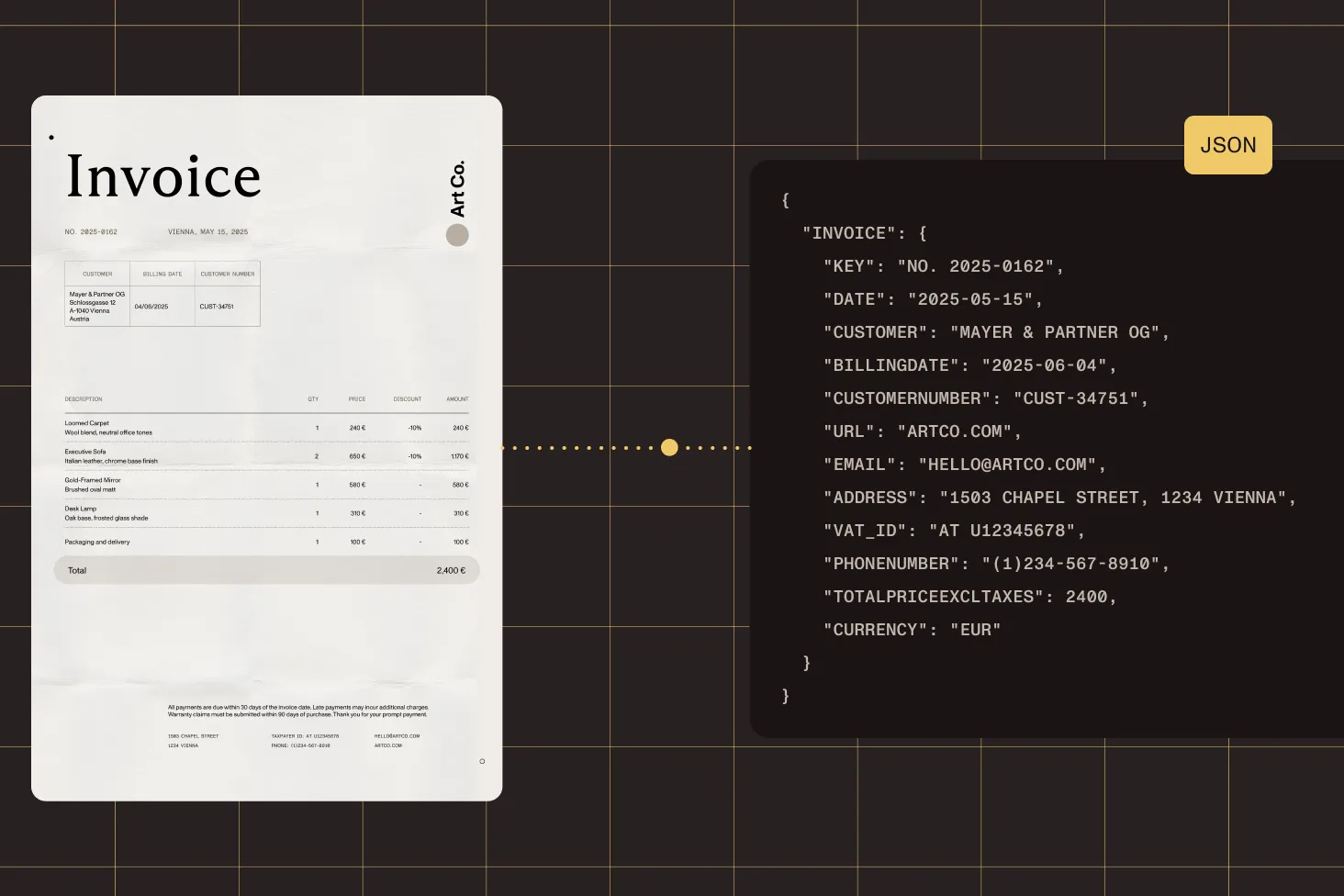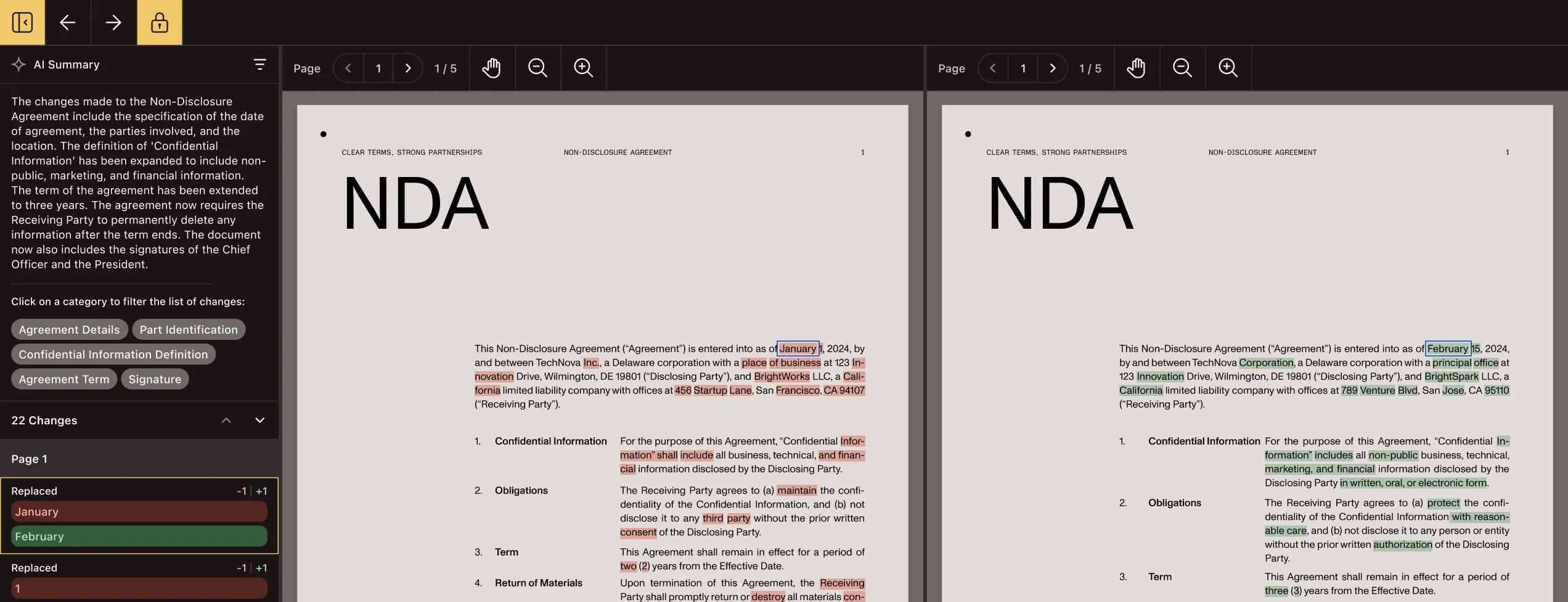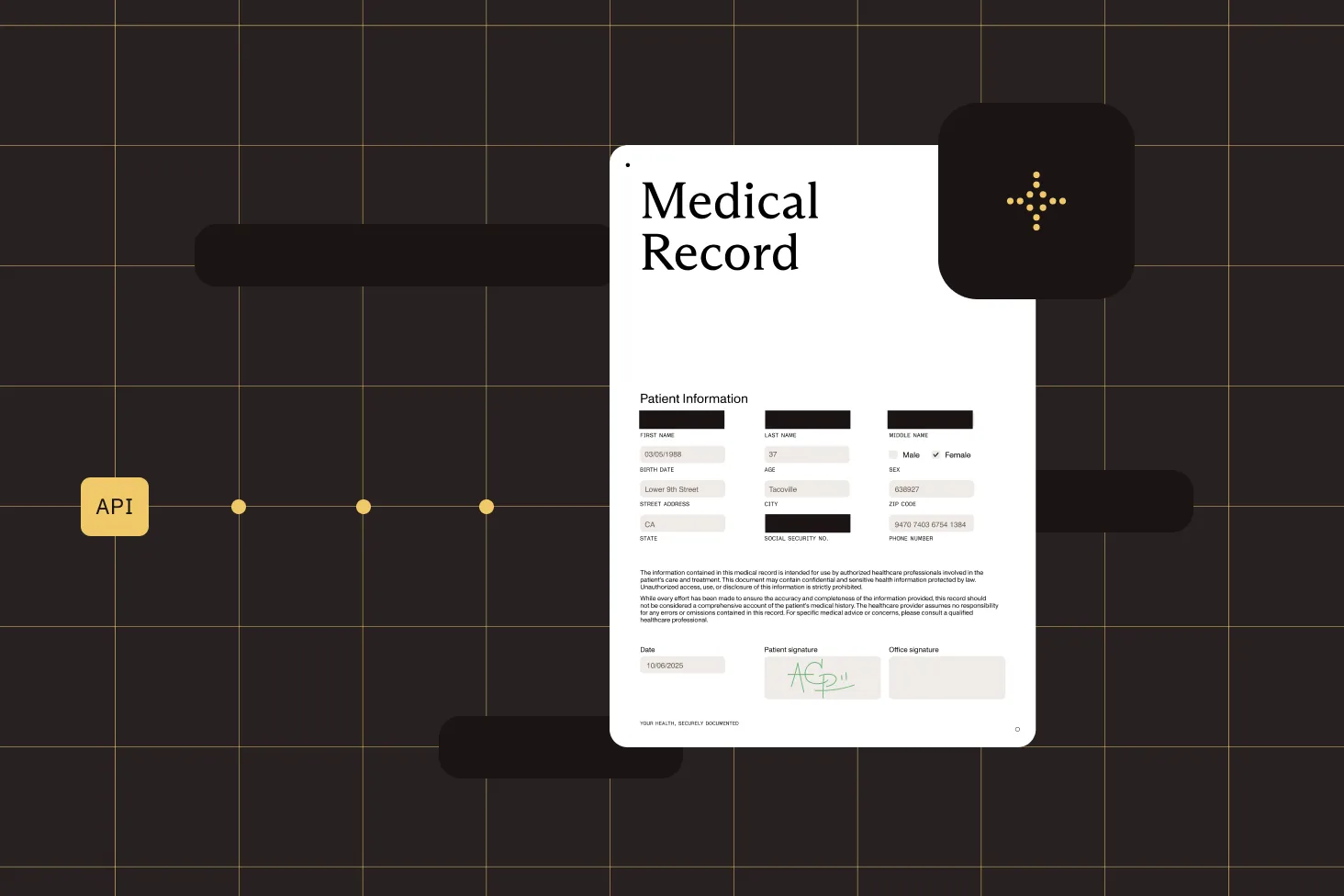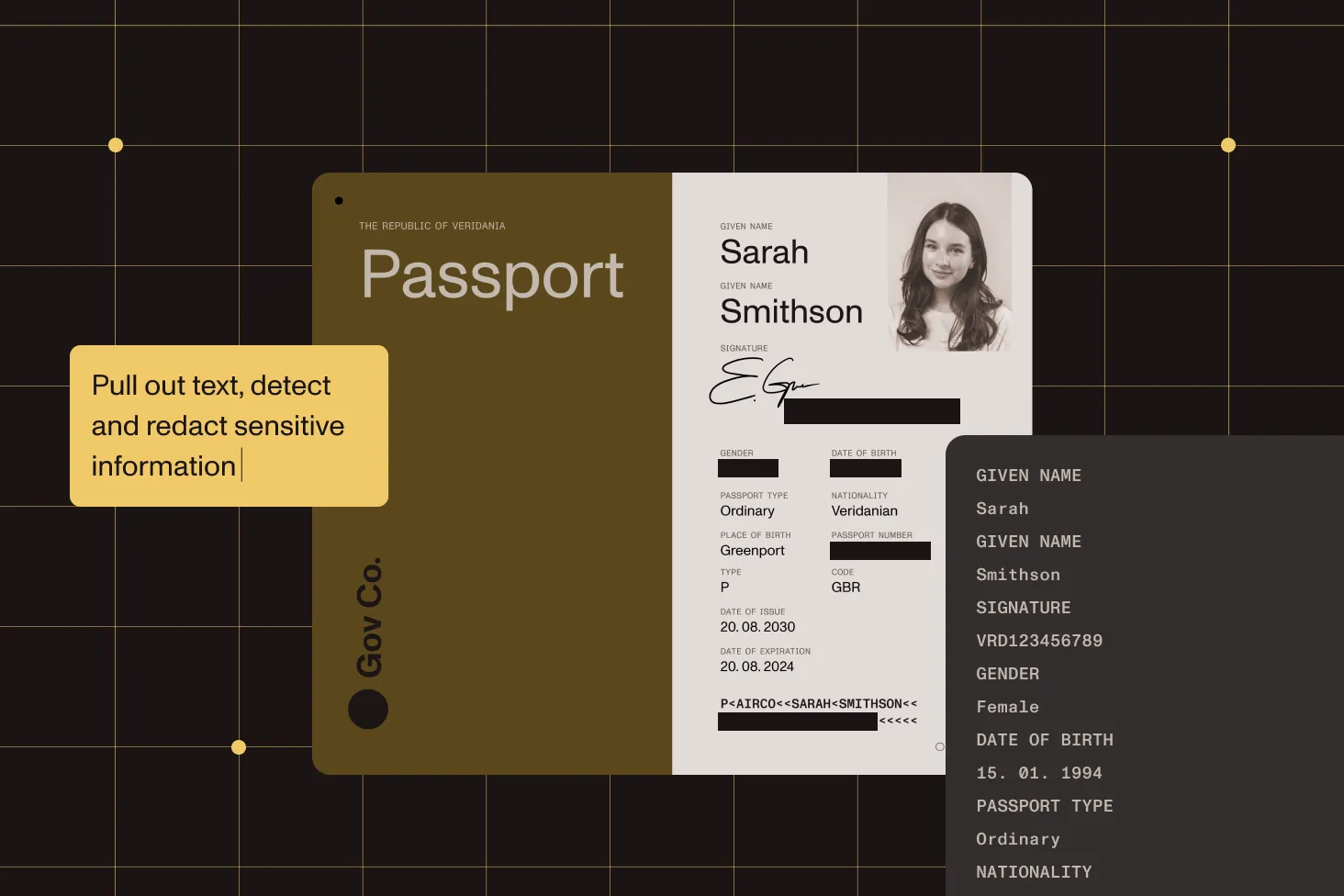How we made fast, reliable document RAG
Extract tables from PDFs at 100 pages per second. Learn how our new layout analysis algorithm helps AI agents understand complex documents without heavy ML models, improving accuracy by 20 percent and context retrieval by 76 percent.









